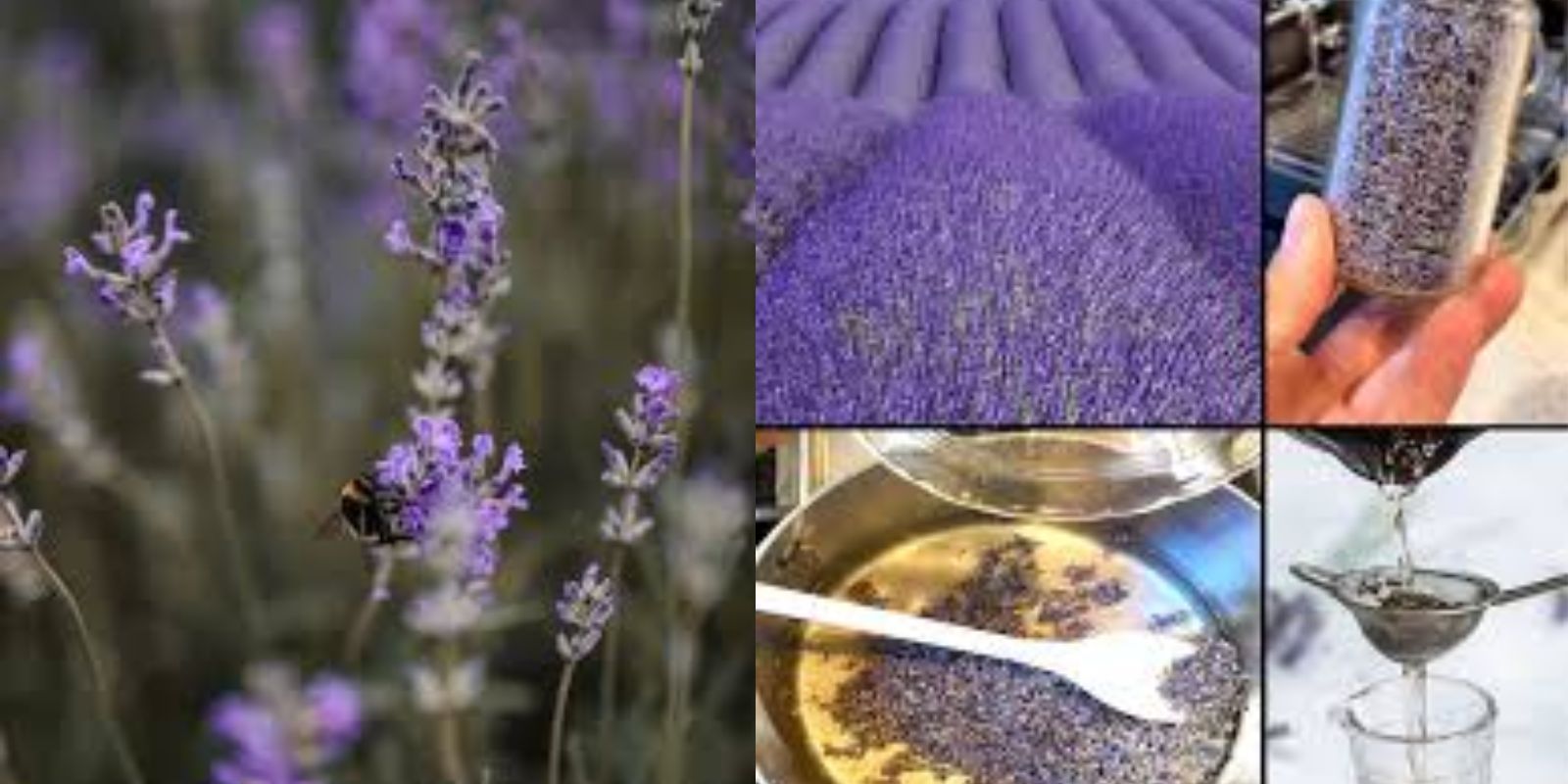Lavender, with its unmistakable fragrance and striking purple blooms, is more than just a beautiful addition to gardens. For centuries, this humble herb has been celebrated for its therapeutic, culinary, and ornamental uses. Its versatility makes it a favorite for gardeners and holistic enthusiasts alike. In this article, we will delve into the magic of lavender, covering how to grow, care for, and make the most of this extraordinary plant.
Why Lavender Deserves a Spot in Your Garden
Lavender isn’t just an aesthetic plant; it’s a multitasker. Known for its calming properties, it can alleviate stress, aid sleep, and even help repel pests. Beyond its medicinal qualities, lavender supports biodiversity, attracting bees and butterflies to your garden. Whether you’re a seasoned gardener or just starting, lavender is an excellent choice for its resilience and numerous benefits.
Getting Started: Choosing the Right Lavender
There are over 40 species of lavender, each with its unique charm.
- English Lavender (Lavandula angustifolia): Perfect for cooler climates, its delicate fragrance is ideal for culinary uses.
- French Lavender (Lavandula dentata): Known for its frilly leaves, it thrives in warmer climates and is more ornamental.
- Spanish Lavender (Lavandula stoechas): Distinct for its rabbit-ear-like bracts, it’s drought-resistant and hardy.
- Lavandin (Lavandula x intermedia): A hybrid with a stronger scent, ideal for crafting oils and sachets.
Select a variety that matches your climate and intended use.
Planting Lavender: A Step-by-Step Guide
- Find the Perfect Location:
Lavender thrives in full sunlight, requiring 6–8 hours of direct sunlight daily. Choose a sunny spot with good air circulation. - Prepare the Soil:
Well-draining soil is essential for lavender. If your soil is clay-heavy, mix in sand or gravel to improve drainage. Aim for a slightly alkaline pH (6.7–7.3). - Planting Time:
The best time to plant lavender is in spring, after the last frost. Space plants 12–18 inches apart to allow room for growth and airflow. - Watering Tips:
Water newly planted lavender frequently during the first growing season. Once established, reduce watering, as lavender prefers dry conditions. - Mulching for Success:
Use light-colored mulch to retain moisture while reflecting heat. Avoid organic mulches that hold excessive moisture, as they can lead to root rot.
Caring for Lavender
- Pruning:
Prune lavender annually to maintain its shape and encourage new growth. Cut back about a third of the plant after blooming, avoiding cutting into old wood. - Fertilizing:
Lavender is a low-maintenance plant that thrives without heavy feeding. A small amount of compost in spring is enough. - Pest and Disease Management:
Lavender is naturally pest-resistant, but keep an eye out for root rot caused by overwatering. Proper spacing and well-draining soil can prevent most issues.
Harvesting Lavender
Timing is key when harvesting lavender. Cut the stems early in the morning when the essential oil concentration is highest. Harvest just as the buds are about to bloom for optimal fragrance. Use sharp scissors or pruning shears to avoid damaging the plant.
Creative Uses for Lavender
- Relaxation and Aromatherapy:
- Create lavender sachets for drawers or pillows to enjoy its calming aroma.
- Use lavender essential oil in diffusers to promote relaxation.
- Culinary Delights:
- Add a hint of lavender to baked goods, teas, or cocktails.
- Infuse sugar or honey with lavender for a unique flavor twist.
- Natural Pest Repellent:
- Lavender oil can repel mosquitoes, moths, and other pests.
- Plant lavender near vegetables to deter aphids and whiteflies.
- Homemade Crafts:
- Craft lavender candles, soaps, or potpourri for a personal touch.
- Create dried lavender wreaths or bouquets for home decor.
The Environmental Impact of Lavender
Lavender is a friend of the environment. Its flowers attract pollinators, supporting biodiversity in your garden. Additionally, lavender’s low water requirements make it an excellent choice for sustainable gardening. By planting lavender, you’re not just beautifying your garden—you’re also contributing to a healthier ecosystem.
Common Challenges and How to Overcome Them
- Lavender Not Flowering:
- Ensure it gets enough sunlight and isn’t overwatered.
- Yellowing Leaves:
- This could be a sign of overwatering or poor drainage. Adjust your watering schedule and check the soil.
- Leggy Growth:
- Prune regularly to encourage bushier growth.
Lavender: A Gift that Keeps Giving
Lavender is more than just a plant; it’s a lifestyle. Its beauty, fragrance, and utility make it a beloved addition to any garden. Whether you’re crafting essential oils, enjoying its calming scent, or supporting pollinators, lavender rewards you with its magic.
🌟 Ready to experience the magic of lavender? Share your favorite ways to use lavender in the comments!
#LavenderMagic #HealingHerbs #SustainableGardening #NatureTherapy #GrowYourOwn

